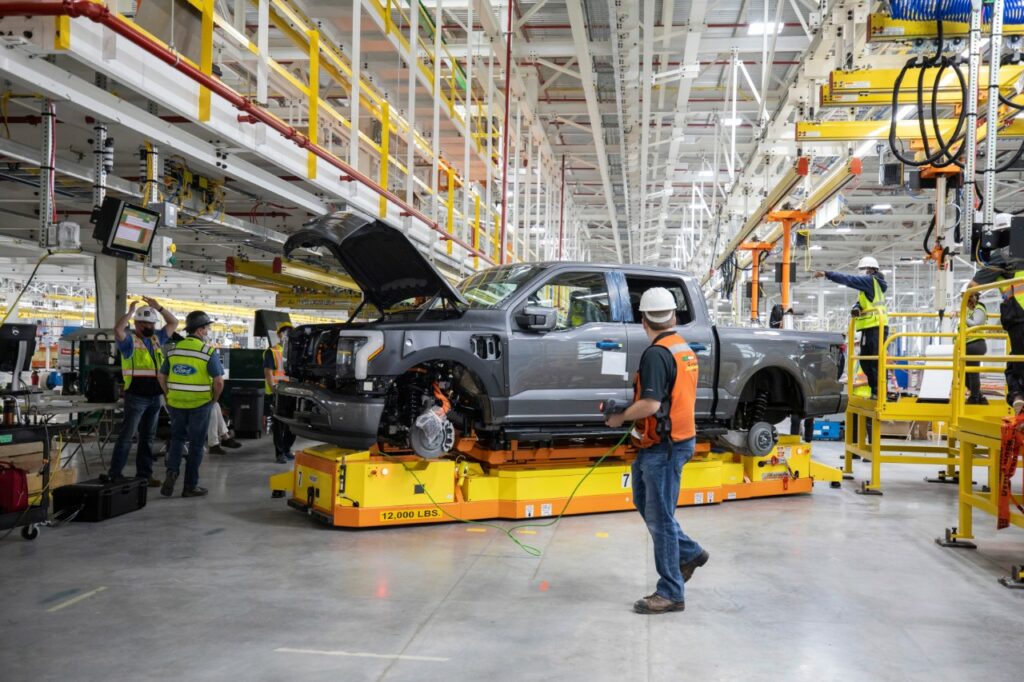
This year’s LA Auto Show marks a turning point for the auto industry. What seemed unlikely a decade ago is now very real: like it or not, OEMs are committed to electrification. There are a whole host of reasons for the shift, from international climate initiatives and clean transport incentives, to simply responding to Tesla overtaking market share. Every automaker has its own strategy. Some are going it alone, while many are laying the groundwork for new partnerships with competitors. And as 2021 comes to a close, all OEMs have at least this in common: they’re planning to electrify and they’re spending a LOT of money doing it. Here are the latest updates on the major players in the North American auto market.
Nissan, an Early EV Pioneer, Is Now Playing Catch Up
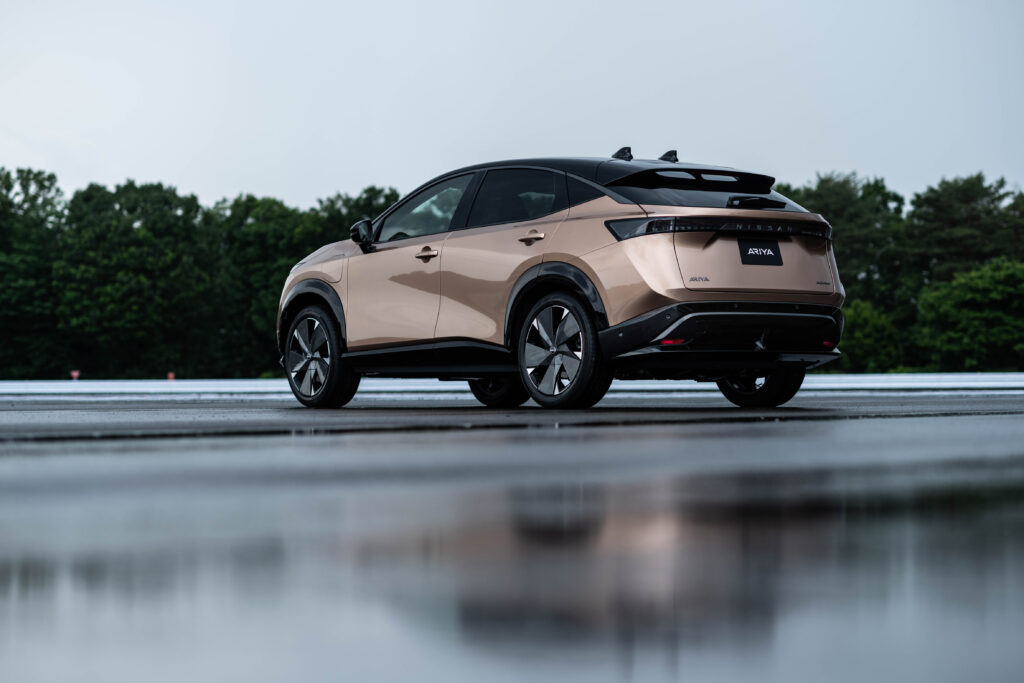
The 2011 Nissan Leaf changed the world and spurred interest in electrified transportation. The Leaf led EV sales for several years before falling behind the likes of the Chevrolet Bolt and the Tesla lineup. The turmoil of Nissan’s leadership surely didn’t do electrification any favors. But here we are, a decade after they brought EVs to the masses, and Nissan has unveiled the successor to the Leaf, the 2023 Nissan Ariya. This compact crossover is the start of something bigger.
The Japanese OEM just announced ‘Ambition 2030’, a roadmap for electrification. In just five years time, Nissan says it will spend at least $17.6 billion in EVs and battery tech. That includes the engineering and production of its own solid-state battery by 2028, which would be a major feat for any automaker. Another part of the investment is a new $1.3 billion electric vehicle hub in England where it will build an all-electric crossover. By 2030, Nissan says that half of their lineup will be EVs. Will it be enough to reclaim EV dominance?
Ford Keeps Upping Its Commitment to Electrification….and Teasing Us with Retro Concept EVs
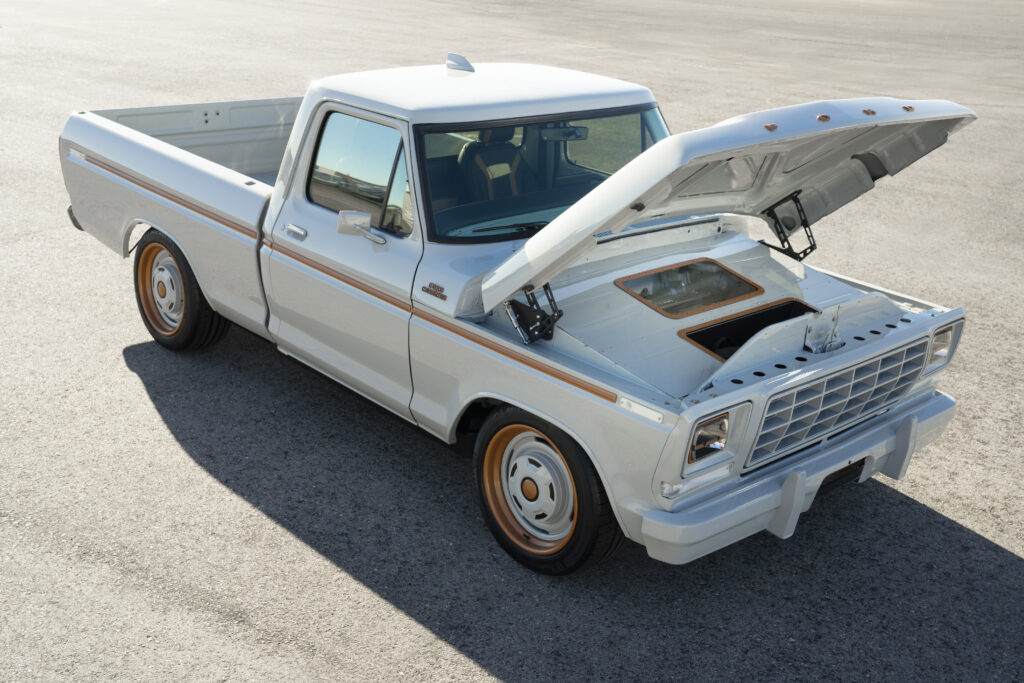
Ford is determined to catch up to Tesla, and they’re not afraid to say that publicly. Having acknowledged their status as an EV underdog, Ford isn’t making any excuses. Instead, they’re writing checks. The Detroit giant is spending $22 billion through 2025 to electrify its lineup, starting with the 2021 Mustang Mach-E, a controversially-named top seller and Tesla Model Y competitor.
Next up, the F-150 Lightning. Ford is so confident in its electrification strategy that it’s giving its best-selling model the EV treatment. With over 200,000 reservations in the books, it looks like Ford has their work laid out for them. Ford says that F-150 Lightning reservations placed today may not be delivered until 2024 due to order backlogs.
In an even greater leap towards an EV future, Ford announced BlueOval City, which they call Ford’s “largest, most advanced, most efficient auto production complex.” The massive facility will be constructed on a nearly 6-square-mile site in Tennessee. It will produce F-series electric trucks and Ford’s future battery platforms. Moreover, a new BlueOval SK Battery Park is to be built in Kentucky with the goal of powering a new lineup of Ford and Lincoln EVs.
Get the most when you sell your car.
Compare and choose multiple offers in minutes:
GM Is Spending Big Money, but Where Are the Cars?
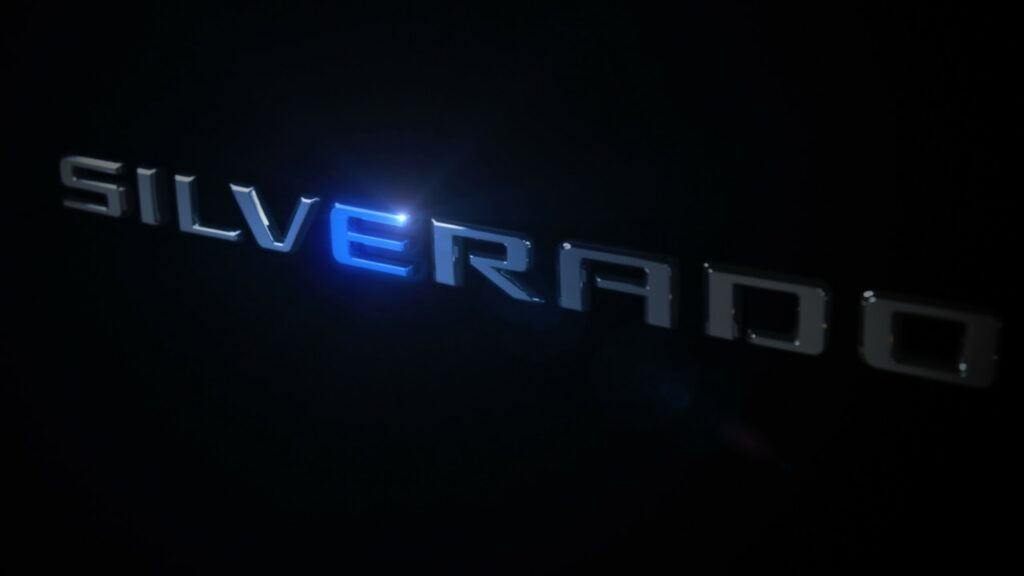
GM plans to stop selling combustion vehicles by 2035, so that means one of two things: GM is either going all-in with EVs, or they plan to go out of business. Jokes aside, the General is playing the long game. GM has been investing heavily in the development of its proprietary Ultium battery technology as it prepares to launch a slew of EVs.
Unless you’ve been living under an automotive rock for the past year, you probably know that the Chevy Bolt has been going through some rough times to say the least. Battery fires have been traced to problems with how LG Energy Solutions engineered the battery pack for GM. There’s a stop-sale on new Bolt’s, and all Bolt owners are advised to park away from buildings and limit charging to 80%. The automaker has to spend $1.8 billion fixing the Bolt recall, so I’m sure they will want to avoid similar problems going forward. GM’s Bolt blunder is certainly going to turn a lot of folks away from EVs, so here’s hoping that their new Ultium platform can convince the public that their EVs are worth a test drive.
2021 has arguably been the turning point for the automotive industry. Now that the future points towards electrification, OEMs like GM are increasing their planned investments in EVs and their infrastructure ecosystem. For example, GM recently announced that they are increasing their commitment to develop EVs and autonomous vehicles by $8 billion additional dollars by 2025, amounting to a total commitment of $35 billion. In a recent press release, GM shared that they intend for combustion-powered sales to fuel their growth strategy. The roadmap includes working with partners to build new battery facilities, creating a charging network, and converting the entire Detroit-Hamtramck Assembly center into ‘Factory Zero’, an all-EV production center with over 4 million square feet.
The Cadillac brand will be exclusively electric by 2030, and the highly-praised Cadillac Lyric EV is almost here. And of course there’s the $100,000+ GMC Hummer EV coming out next year. But we’ll know Chevrolet is serious about EVs when there’s an electric Silverado, which is scheduled to arrive in 2023-2024. The automaker is relying on the new Ultium batteries to produce a desirable electric truck with a range of up to 400 miles on a charge at a compelling price point.
Stellantis: It’s Complicated
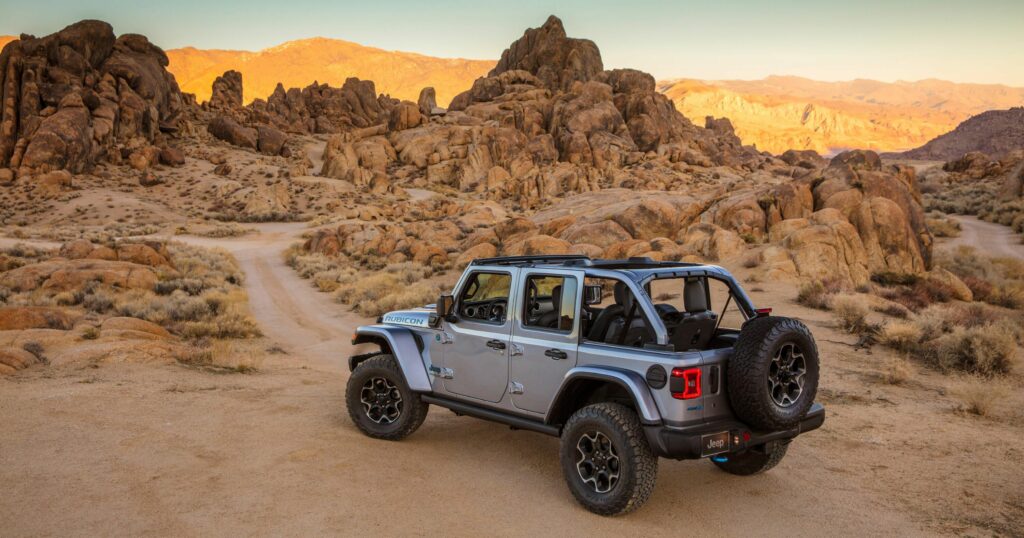
Now that Fiat Chrysler Automobiles (FCA) and PSA Group (European brands Peugeot, Citroen and more) have merged to create Stellantis, the conglomerate is trying to agree on a path forward towards electrification. Stellantis CEO Carlos Tavares recently complained to Reuters about the added costs of engineering and building EVs, which isn’t surprising considering that subsidiary Ferrari publicly says they aren’t very interested in electrification.
Despite the dread of some of the leadership, Stellantis is far more committed to EVs than FCA was on its own. At ‘Stellantis EV Day 2021’, the group announced $35.5 billion in EV investment through 2025. Every Jeep will have an electrified option by 2025, and an electric Ram 1500 pickup truck and Dodge performance EV will hit the roads by the same year. Their target for North America is 40% electrification (including plug-in hybrids) in 2025.
The Korean OEM’s are On a Roll
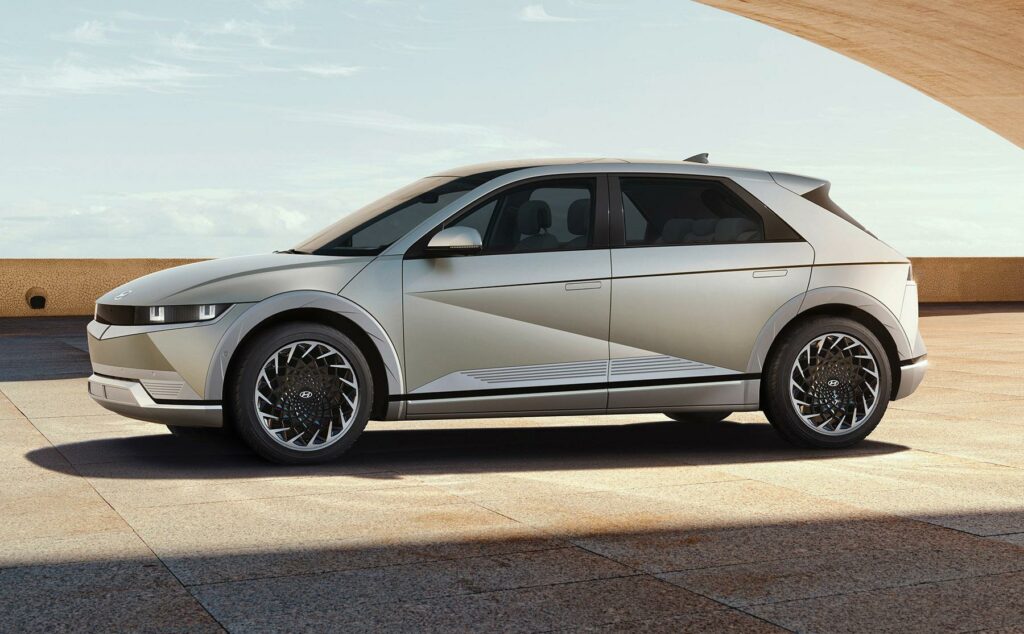
Not only is Hyundai-Kia on a roll, they are investing heavily in American manufacturing for their rapidly electrifying lineup. They recently shared a $7.4 billion investment in America between now and 2025, with the goal of producing American-made battery electric vehicles. Hyundai-Kia is also investing heavily in autonomous vehicle development and urban air mobility. You know, as in flying cars. By 2025, they plan to have 23 EVs and hydrogen fuel cell vehicles on the market, with more to follow. So there’s a lot to look forward to from the group.
Hyundai’s retro-inspired yet very futuristic IONIQ 5 has garnered attention at the 2021 LA Auto Show along with its sibling, the Kia EV6. Hyundai’s Kona EV has sold well, but it doesn’t turn any heads. The next generation of electric Hyundai’s and Kia’s are sure to change that if the Kia EV9 and Hyundai IONIQ 7 are any indication of what’s to come.
Honda, Mazda and Subaru are Making Incremental Changes
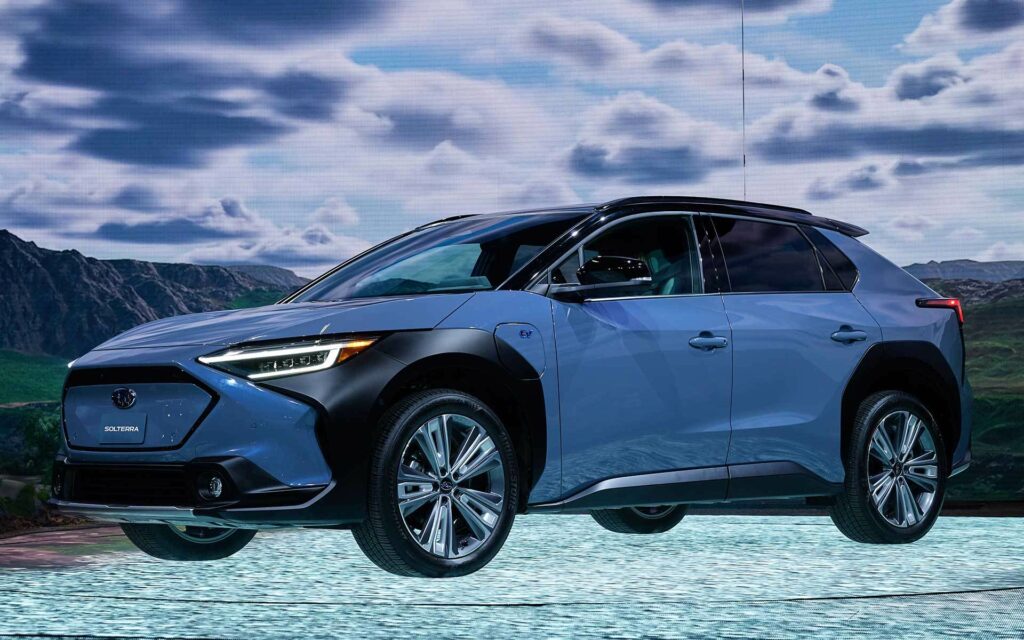
Honda doesn’t have a single dedicated EV in the North American market, but has had success with its funky Honda ‘e’ in Europe. Nevertheless, Honda has big plans. CEO Toshihiro Mibe recently shared that the automaker is aiming for 2040 vehicle sales to be 100% EVs and hydrogen fuel cell vehicles. They expect that figure to reach 40% by 2030. As far as investment goes, Honda is putting their money where their mouth is and investing $46.3 billion in research and development initiatives, including electrification, over the next six years. But there’s a long way to go. In 2020, Honda sold 4.46 million cars globally, but only 14,000 were electric.
When will Honda begin to make a splash in the American EV market? Well, no sooner than late 2023. Honda’s pride and joy is the upcoming 2024 Prologue EV, a SUV that will use GM’s Ultium battery platform. You read that right. Honda is depending on GM to deliver the most important part of their most important car of the decade. The EVs in development will surely have Acura-branded counterparts too.
In 2025, Mazda plans to introduce a unique EV platform, ‘SkyActive EV Scalable Architecture.’ For now, Mazda only intends to bring three full EVs to the American market by 2025. The company’s first, the MX-30, is out now in California and includes a very insufficient estimated range of 100 miles. For perspective, a 2013 Nissan Leaf got better miles than that. We’ll see if Mazda gets serious about EVs with an accelerated timeline.
Subaru has been receiving plenty of attention as of late for its fruitful collaboration with Toyota to produce a new EV platform that both automakers will use for the time being. The 2021 LA Auto Show has featured the unveiling of the first all-electric all-wheel drive Subaru, the 2023 Subaru Solterra. It’s the sister to Toyota’s new bZ4X EV. Subaru is playing a bit of catch up in the electrified all-wheel drive space, but they have a plan. They recently announced plans for a new $272 million dollar R&D center in Tokyo that will employ some 2,800 people with the goal of facilitating the push to EVs.
And Then There’s Toyota, Slowly Moving From Hybrids to EVs
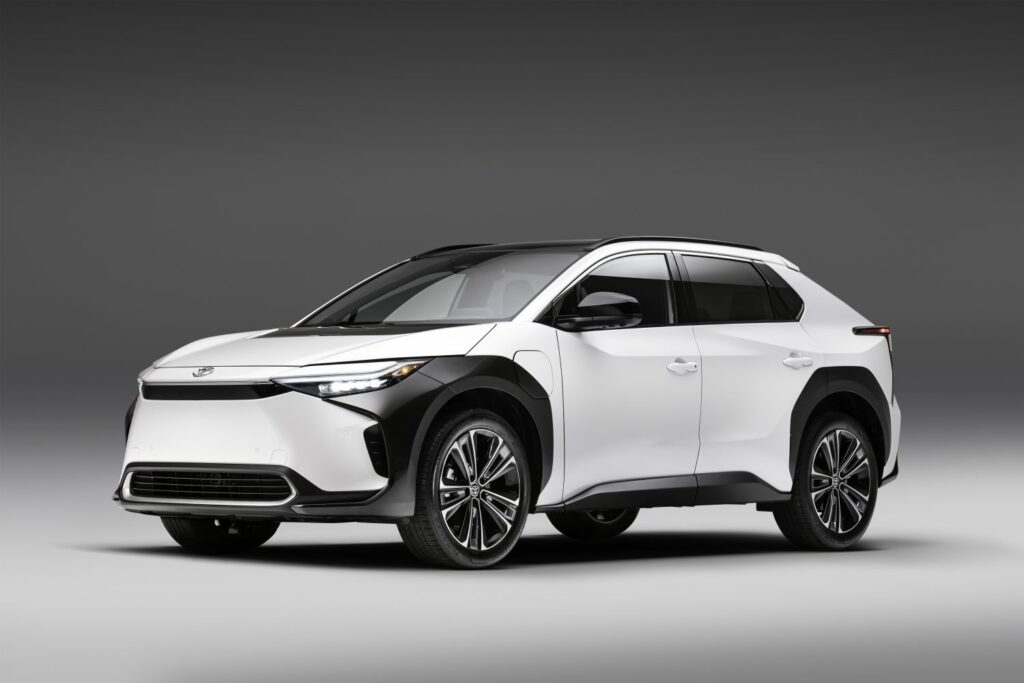
In 1995, Toyota made headlines when it unveiled a concept car at the Tokyo Auto Show that was powered by both combustion and electric motors. This concept would go on to become the first mass-produced hybrid, the 1997 Toyota Prius. 25 years later, the hybrid pioneer is lagging behind other automakers in the push to further electrify. As recently as this year, Toyota and Lexus have frequently trash talked EVs. From claiming that they prefer “self-charging hybrids” (there’s no such thing!!!), to investing heavily in the incredibly inconvenient hydrogen-powered Mirai, Toyota has kicked the ball down the road for the last decade when it comes to electrification. But things started to accelerate in 2019 when Toyota expanded its existing partnership with Subaru to include the development of a battery electric vehicle.
At the 2021 LA Auto Show, we got our first look at the fruits of the Toyota-Subaru collab. On Toyota’s side, the result is a compelling EV with an eye-rolling name: the 2022 Toyota bZ4X. Apparently bZ stands for beyond zero, as in zero emissions. Subaru simultaneously unveiled its first all-electric all-wheel drive vehicle, the Solterra.
So Toyota is off to the races. What’s next in their roadmap to electrification? In October, Toyota announced plans to invest $3.4 billion in US-built batteries through 2030. Globally, Toyota says it’s investing $13.5 billion in battery development, with the headline goal of reducing battery costs by 50% by 2030. They’ve also established a partnership with Panasonic for battery R&D. Toyota plans to expand the Beyond Zero line of cars into seven different models by 2025, and an additional eight EVs will be introduced into other Toyota segments. If all goes as planned, Toyota’s lineup will be hardly recognizable five years from now.
German Automakers Are Leading the Way in Europe, Is America Next?
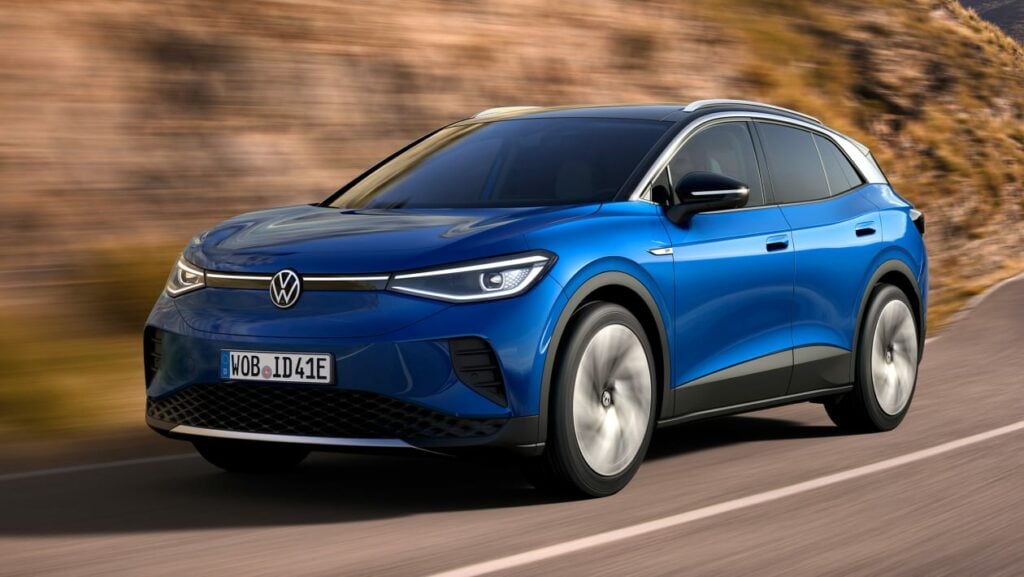
In Europe, German EVs are arguably the face of electrification. While it’s true that Tesla and Asian EVs are quickly making inroads, Volkswagen, Audi and Porsche are doing very well in the European EV market. The irony? Volkswagen Group’s electric leadership came directly out of the dieselgate emissions scandal. Following the debacle, VW intended to rebrand itself as an automaker committed to righting wrongs and going green once and for all. And to a large extent, the rebranding has been a success.
VW Group has allocated over $86 billion for technology development between now and 2025. CEO Herbert Diess says that nearly all of it will be spent on electrification initiatives. In fact, he recently shared with CNBC that VW aims to have at least 50% of total vehicle sales to be electric by 2030.
Here in the US, VW has already started converting a large portion of its Chattanooga, Tennessee factory into a production facility for American-made ID.4 electric crossovers. The conversion will cost about $800 million. The Chattanooga factory recently celebrated its 10th anniversary, and over 3,800 people are employed there.
The Porsche Taycan has seen immense success and rave reviews. It’s the top-selling non-SUV Porsche of 2021, despite a sticker price that stretches from $94,000 to $188,000. Porsche, a subsidiary of Volkswagen Group, has led the electrification of luxury performance in Europe. They’re also investing in a network of public fast-chargers and destination chargers. At least 7,500 charging points are going to be available worldwide by 2025. This is all part of Porsche’s plan to spend about $17 billion on electrification through 2025.
BMW has been a bit of an internal combustion holdout. Not long ago, CEO Oliver Zipse declared that gas engine development will continue and that demand for internal combustion “will remain robust for many years to come.” However, even Zipse says that he expects BMW’s EV sales to grow by at least 50% year-over-year for at least the next few years. By 2025, they expect 25% of BMW’s sales to be EVs. What about investment? The latest tally shows BMW has plans to invest $23.8 billion in battery technology and EVs. They seem to be dabbling in hydrogen fuel cells too, a technology that has yet to show scalable promise.
Mercedes-Benz maker Daimler announced in July that it intends to invest $47 billion in electrification by 2030, with the explicit goal of taking on Tesla. Daimler says that the overhaul of operations could result in job cuts. Most notably, the transition will result in an 80% drop in combustion engine investments by 2026, just five years from now. In essence, Mercedes-Benz is going all in for EVs. Daimler recently purchased British electric motor engineering firm YASA Limited, and is making strides towards battery development.
Is It Enough to Catch Up to Tesla?
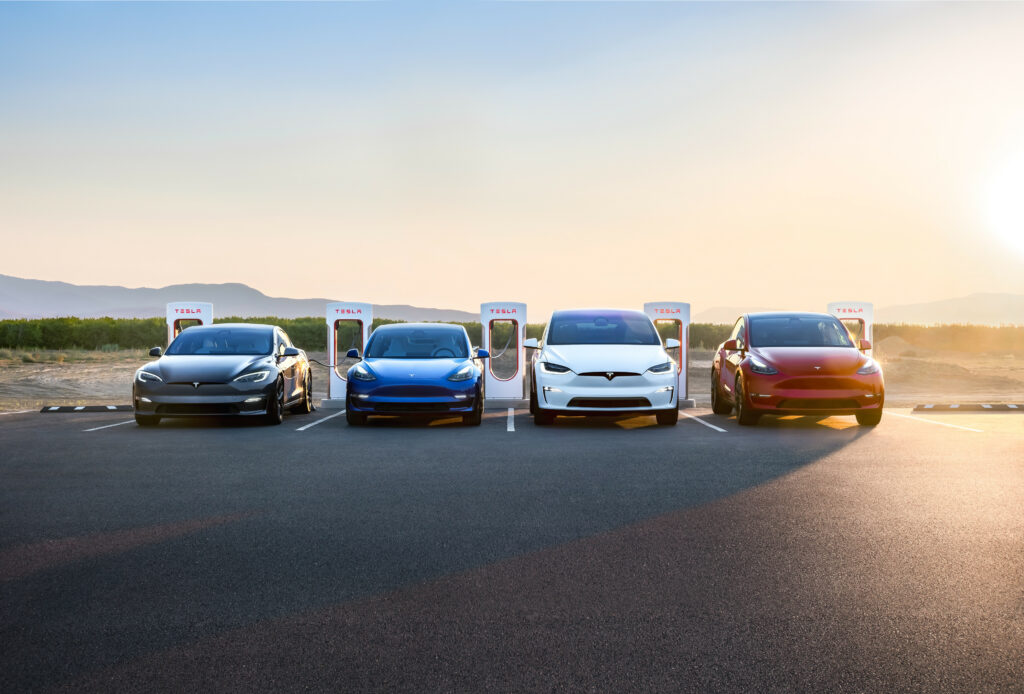
Legacy OEM’s have a solid shot at catching up to Tesla, but there’s also the possibility that we’re witnessing a great realigning of sorts in the North American auto industry. As it stands today, Ford, Volkswagen Group, GM and Hyundai-Kia are best positioned to dominate the EV industry alongside Tesla, but all OEM’s are throwing money and infrastructure at electrification. What do you think the outcome will be? Will the big three and German giants be as powerful in a decade as they are now? Only time, money and a battery-powered arms race will tell.








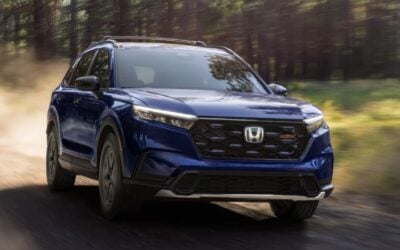

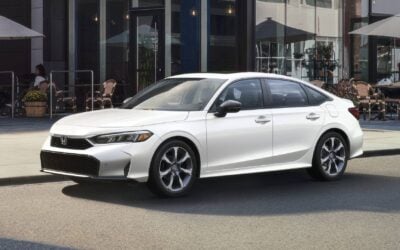


0 Comments